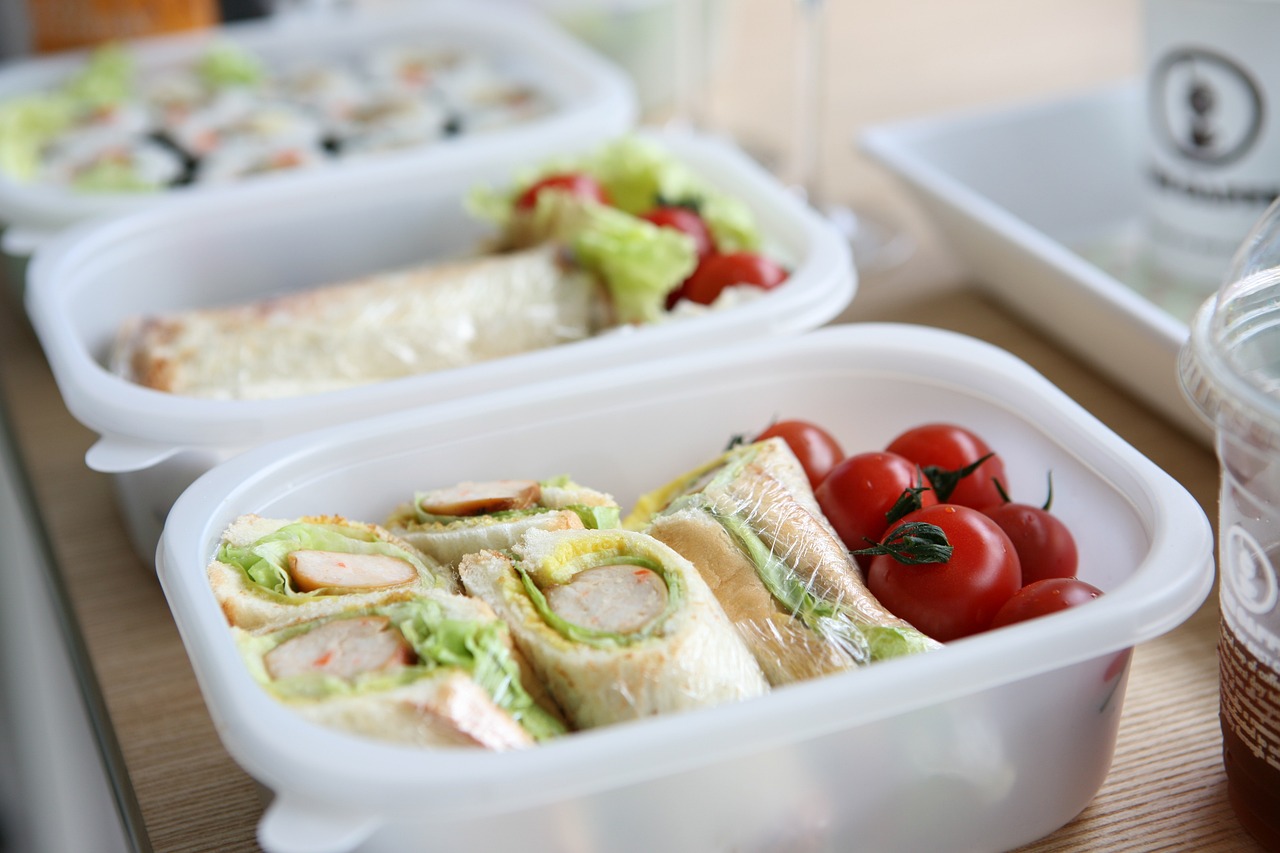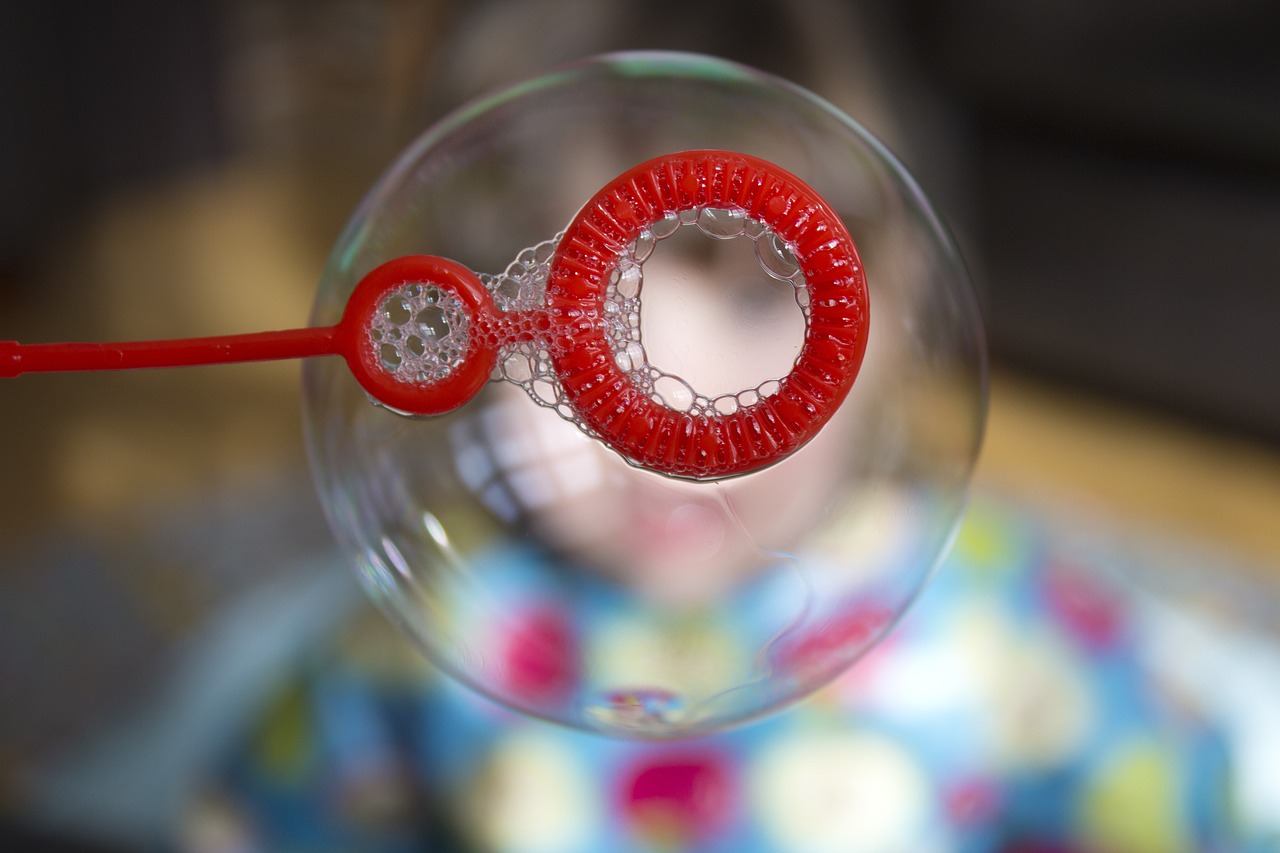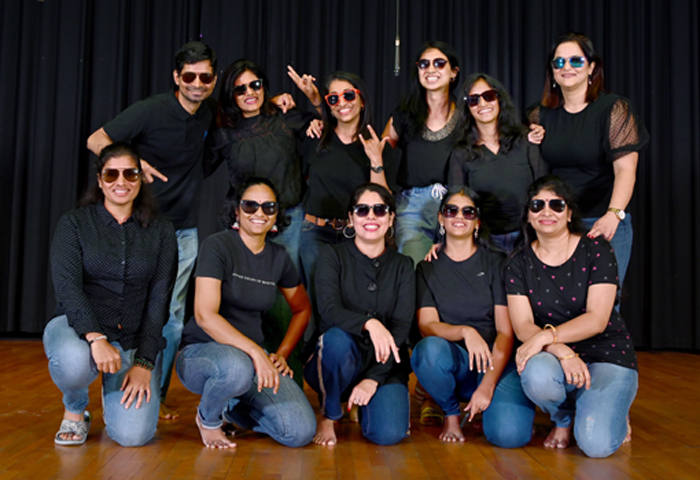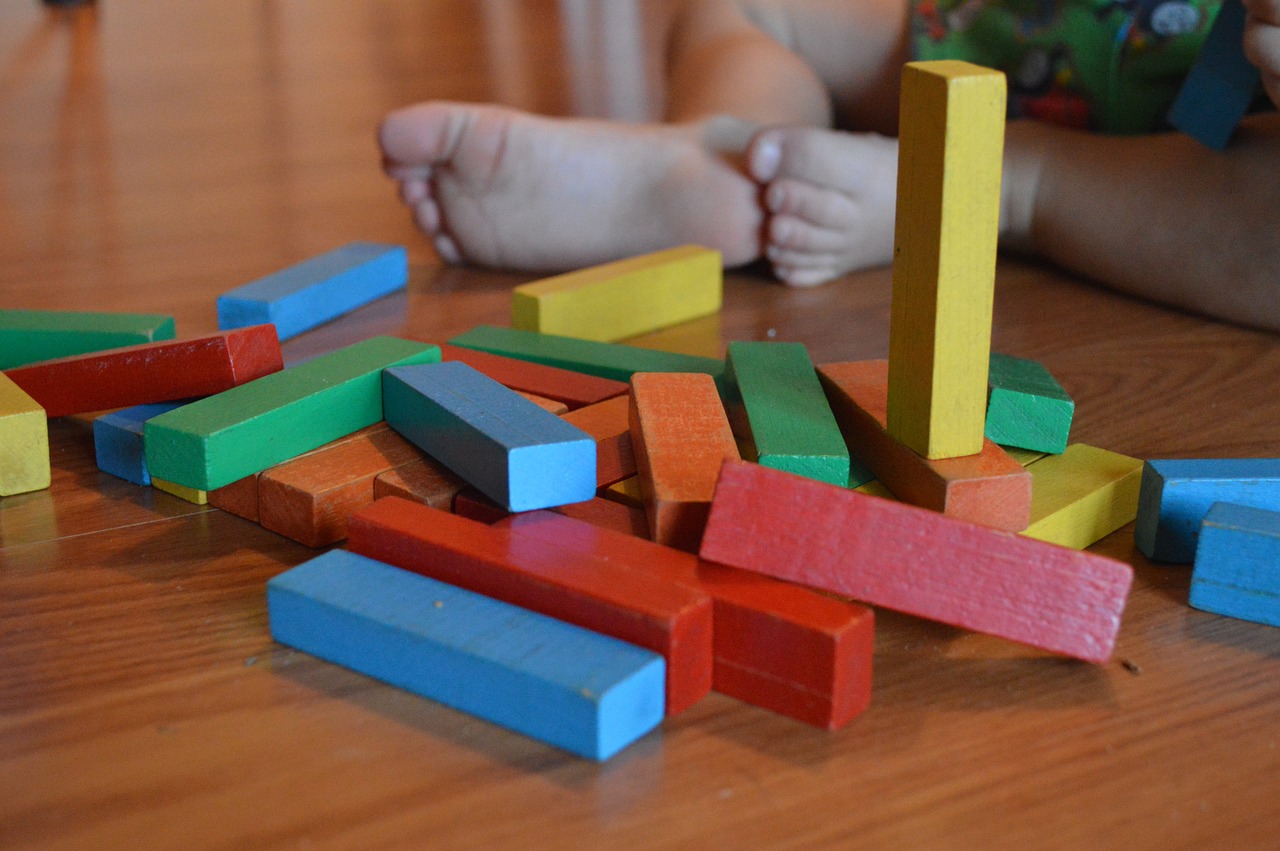.
Watching a child countdown to their birthday is a joy-filled experience: they are so excited about the milestone to come! At Anthea, we believe in celebrating the special day with some small traditions which help the child, and the class, see how far they have come since they were born.
 In our Primary classrooms, the children gather in a circle, with the birthday child near the adult facilitating the birthday ceremony. A light source representing the sun is placed in the middle of the circle. The months of the year are arrayed around the ‘sun’. The birthday child is then invited to pick up a globe, and slowly circumvent the sun as the class sings the song, ‘The Earth Goes Around the Sun’. This symbolizes one year of the child’s life. The child then shares a photo of themselves at age one, and is prompted to talk about what they could do at that age. The process continues for each year of their life, as the group marvels at the growing child. The group enthusiastically states when they can see a match between the baby photos and the birthday child as they know him/her now!
In our Primary classrooms, the children gather in a circle, with the birthday child near the adult facilitating the birthday ceremony. A light source representing the sun is placed in the middle of the circle. The months of the year are arrayed around the ‘sun’. The birthday child is then invited to pick up a globe, and slowly circumvent the sun as the class sings the song, ‘The Earth Goes Around the Sun’. This symbolizes one year of the child’s life. The child then shares a photo of themselves at age one, and is prompted to talk about what they could do at that age. The process continues for each year of their life, as the group marvels at the growing child. The group enthusiastically states when they can see a match between the baby photos and the birthday child as they know him/her now!
The child’s family, who is invited in, often chime in with anecdotes or inputs. It is a very special experience for the birthday child when so many of the people close to him come together to celebrate his unique life journey. Since we have a strict no-candy policy at birthdays, we suggest that the child shares a fruit or vegetable with the class. They may also choose to contribute a book to the class library, with their name and date inscribed on it. It is lovely watching the birthday child take ownership for this book over subsequent years!
We invite all our parents to take note of the guidelines in the Birthdays section of the Anthea Handbook (available o nTransparentClassroom.com). We look forward to celebrating your child’s birthday in their Primary environment!









